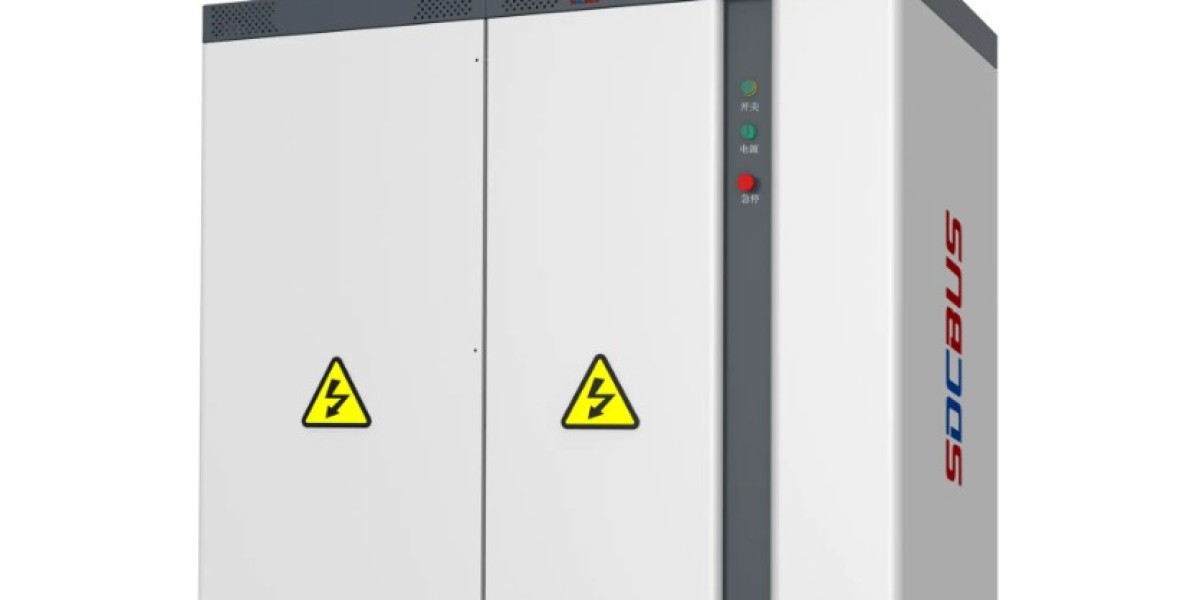Understanding Grid Simulation Power Sources
Grid simulation power sources are sophisticated devices that replicate the behavior of electrical grids. They allow engineers and researchers to create controlled environments where renewable energy systems, such as solar panels and wind turbines, can be tested against a variety of grid conditions. This capability is essential for assessing the performance, reliability, and efficiency of these systems before they are deployed in real-world applications. By utilizing grid simulation power sources, stakeholders can ensure that their renewable energy solutions are robust and capable of meeting the demands of modern energy systems.
Benefits of Using Grid Simulation Power Sources in Testing
One of the primary advantages of grid simulation power sources is their ability to provide accurate and repeatable test conditions. Unlike traditional testing methods, which may be influenced by external factors, grid simulation power sources allow for precise control over voltage, frequency, and other critical parameters. This ensures that renewable energy systems are evaluated under consistent conditions, leading to more reliable performance data.
Furthermore, grid simulation power sources facilitate the testing of innovative technologies that may not yet be integrated into existing grids. For instance, energy storage systems and smart grid technologies can be effectively evaluated using these simulation tools, allowing developers to identify potential issues and optimize performance before actual deployment. This proactive approach not only saves time and resources but also accelerates the development of cutting-edge renewable energy solutions.
Enhancing Safety and Compliance with Grid Simulation Power Sources
Safety is a paramount concern in the renewable energy sector. Grid simulation power sources contribute to enhanced safety by allowing for comprehensive testing of systems under fault conditions. Engineers can simulate various fault scenarios, such as short circuits or voltage spikes, to evaluate how renewable energy systems respond. This capability is crucial for ensuring compliance with industry standards and regulations, ultimately leading to safer and more reliable energy solutions.
Moreover, by leveraging grid simulation power sources, companies can reduce the risks associated with integrating new technologies into existing grids. The ability to test systems in a controlled environment helps identify potential compatibility issues, ensuring a smoother transition from testing to real-world application. This not only protects investments but also fosters confidence among stakeholders in the reliability of renewable energy solutions.
Future Trends in Grid Simulation Power Sources
As the demand for renewable energy continues to grow, so too will the capabilities of grid simulation power sources. Future advancements may include enhanced software algorithms that enable more complex simulations, as well as integration with artificial intelligence to predict system behavior under various conditions. These innovations will further empower engineers to design and test renewable energy systems that are not only efficient but also resilient against the challenges posed by climate change and evolving energy demands.
Conclusion
In conclusion, grid simulation power sources are indispensable tools in the realm of renewable energy testing. They provide a controlled environment for accurate assessments, enhance safety and compliance, and pave the way for future innovations. By investing in grid simulation power sources, stakeholders in the renewable energy sector can ensure that their systems are reliable, efficient, and ready to meet the challenges of tomorrow’s energy landscape.








